Atlantic White Cedar Lumber
- July 31, 2023
- 0 comment
Atlantic White Cedar lumber, known scientifically as Chamaecyparis thyoides, stands as a prized gem among softwood species, admired for its remarkable properties and exceptional durability. Thriving predominantly in the eastern United States, specifically in the Atlantic coastal regions, this species finds its niche in wetlands and swampy environments. Its widespread acclaim can be attributed to its inherent resistance to decay, a feature that elevates it to a prominent position in outdoor construction.
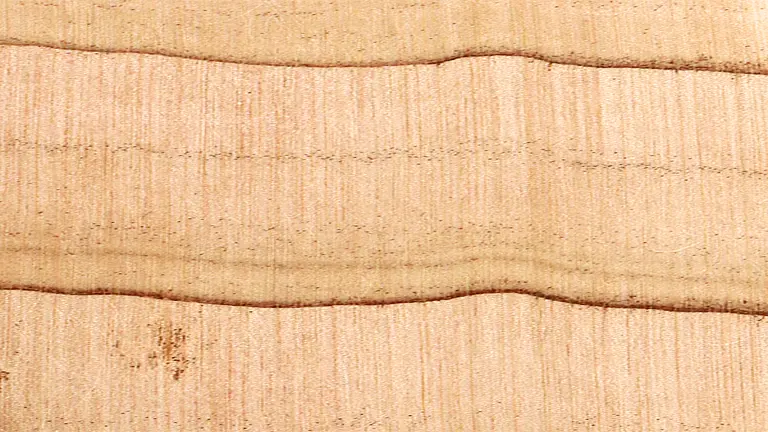
Whether utilized for decking, fencing, or boatbuilding, Atlantic White Cedar proves itself as a reliable and long-lasting choice. Moreover, its allure extends beyond its strength and practicality. The wood’s light weight, combined with its ease of workability, makes it a craftsman’s dream, lending itself to a multitude of applications with little trouble.
Additionally, its alluring pale color imparts a touch of elegance to finished projects, rendering it a favored option for both functional and decorative purposes. In an age where sustainability is paramount, Atlantic White Cedar’s natural propensity to withstand decay also contributes to its appeal. As a material resistant to rot and insect attacks, it stands the test of time even in challenging environments, reducing the need for frequent replacements and mitigating waste.
| Parameter | Details |
|---|---|
| Common Name(s) | Atlantic White Cedar |
| Scientific Name | Chamaecyparis thyoides |
| Distribution | Eastern United States |
| Tree Size | Medium to Large |
| Average Dried Weight | 24 lbs/ft3 (385 kg/m3) |
| Specific Gravity | 0.39 |
| Janka Hardness | 500 lbf (2,220 N) |
| Modulus of Rupture | 9,400 lbf/in2 (64.8 MPa) |
| Elastic Modulus | 1,130,000 lbf/in2 (7.79 GPa) |
| Crushing Strength | 5,300 lbf/in2 (36.6 MPa) |
| Shrinkage | Radial: 3.6%, Tangential: 6.3% |
Characteristics
Color/Appearance
The captivating color of Atlantic White Cedar heartwood ranges from a delicate pale yellow to light brown, sometimes adorned with attractive streaks of reddish-brown, creating a visually pleasing and warm aesthetic. In contrast, the sapwood presents an even lighter hue, typically displaying a soft, pale yellow tone. This natural color variation adds to the wood’s allure, making it a popular choice for both functional and decorative applications.
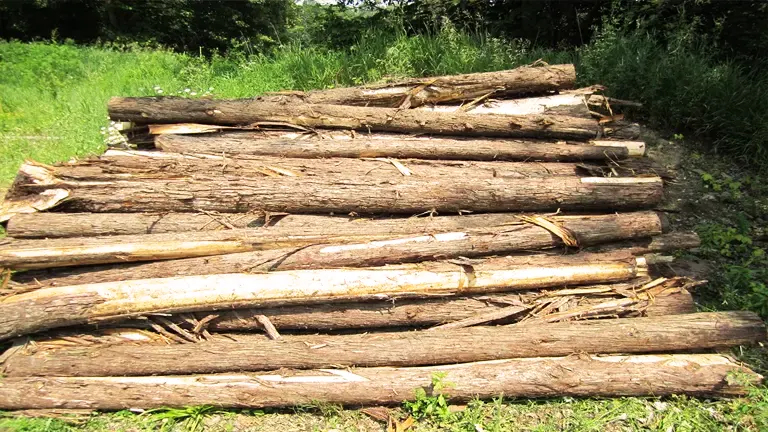

Grain/Texture
Atlantic White Cedar boasts a fine and straight grain pattern, exuding elegance and sophistication in its appearance. The wood’s uniform texture further enhances its smooth and refined surface, allowing it to take on finishes with exceptional finesse. This consistent grain and texture contribute to the ease of working with the wood, facilitating a high-quality finish in various projects.
Rot Resistance
One of the most outstanding qualities of Atlantic White Cedar is its extraordinary resistance to decay, rot, and insect attacks. This exceptional feature stems from the wood’s natural oils and chemical compounds, providing unparalleled protection against environmental threats. As a result, this cedar species excels in outdoor applications, particularly in wet environments, where other woods might succumb to the ravages of moisture and insects.
Workability
Craftsmen and builders rejoice in the workability of Atlantic White Cedar, finding it a pleasure to work with both hand and machine tools. Its cooperative nature during machining allows for clean and precise cuts and planing, ensuring smooth surfaces for various projects. Moreover, the wood accepts screws and nails with ease, making assembly straightforward and reliable.
Odor
When crafting with Atlantic White Cedar, one is met with a distinct and pleasant aroma, heightening the sensory experience during woodworking endeavors. This aromatic quality adds a touch of sensory delight and further contributes to the wood’s appeal among artisans and enthusiasts.
Allergies/Toxicity
Atlantic White Cedar is generally considered non-toxic and does not pose significant allergenic risks, making it a safe option for both woodworkers and end-users alike. However, as with any wood, it is advisable to take standard safety precautions during handling and woodworking.
Pricing/Availability
Due to its exceptional properties and limited natural abundance, Atlantic White Cedar often commands a higher price compared to more widely available softwood species. Availability may also vary regionally, so sourcing this wood may require more deliberate effort, but its outstanding qualities and versatility make it a worthwhile investment for those seeking premium materials.
Sustainability
While the slow growth rate and restricted distribution of Atlantic White Cedar raise concerns about long-term sustainability, responsible forestry practices and conservation efforts play a vital role in maintaining its population. By sourcing this wood responsibly and supporting sustainable practices, one can contribute to the preservation of this valuable species for future generations.
Common Uses
Atlantic White Cedar finds its way into a diverse array of applications, thanks to its exceptional durability and rot resistance. Common uses for this wood include crafting outdoor furniture, decking, fencing, boatbuilding, shingles, and exterior siding. Its ability to withstand the elements and maintain its beauty over time ensures its popularity in a variety of outdoor projects, where durability and aesthetics are of utmost importance.
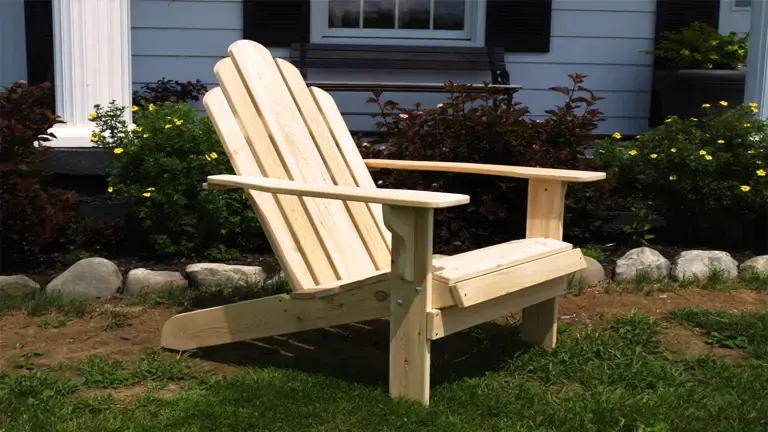

Frequently Asked Questions
- What is Atlantic White Cedar?
Atlantic White Cedar, scientifically known as Chamaecyparis thyoides, is a tree species native to the eastern United States. It is known for its durable, decay-resistant wood, which has a light color and fine grain. - What are the common uses of Atlantic White Cedar wood?
Atlantic White Cedar wood is prized for its resistance to decay and insect damage. It is commonly used for outdoor applications, such as decking, siding, fencing, and boat building. Additionally, it’s used for making shingles, piers, and other structures in wetland environments. - Is Atlantic White Cedar an endangered species?
Yes, Atlantic White Cedar has been classified as a threatened or endangered species in some regions due to habitat loss and overharvesting. Conservation efforts are in place to protect and restore these trees. - What are the characteristics of Atlantic White Cedar wood?
Atlantic White Cedar wood is lightweight, straight-grained, and typically light to pale yellow in color. It has natural oils that contribute to its resistance against decay and insects, making it ideal for outdoor applications. The wood weathers to a silvery-gray color over time when left untreated. - Can Atlantic White Cedar wood be sustainably sourced?
Sustainable sourcing of Atlantic White Cedar is crucial due to its vulnerability. Look for wood products with certification from organizations like the Forest Stewardship Council (FSC) to ensure that the wood comes from responsibly managed forests. Sustainable harvesting practices help protect the species and its habitat.
We’d greatly appreciate your input! Feel free to share your personal experiences and thoughts about Atlantic White Cedar Lumber in the comments section below. Your insights could be a valuable resource for others looking to make informed decisions!



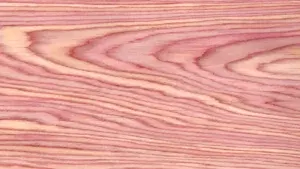


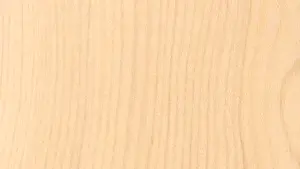
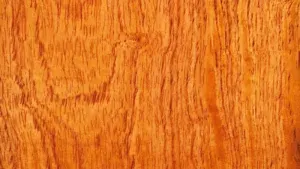
Leave your comment